148Apps 2013 wrAPP-Up - 2013: The Year Of Apple, Inc. 2014: A Year For The Taking
We look back at the movements of Apple during the year 2013, and what might be ahead for 2014.
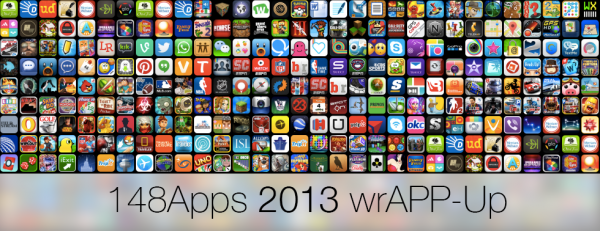
It's pretty fair to say that 2013 has been an incredible year for Apple. With the company's stock price currently reflecting upwards of $550 a share, it's clear that investors have renewed faith in the firm's ability to deliver on its mission to create some of the world's most desirable products.
One such investor is billionaire business mogul Carl Icahn. Publicly announcing back in August that he now holds a "large stake" in $AAPL, Icahn is perhaps most known for his reported hostile takeover of Trans World Airlines in 1985.
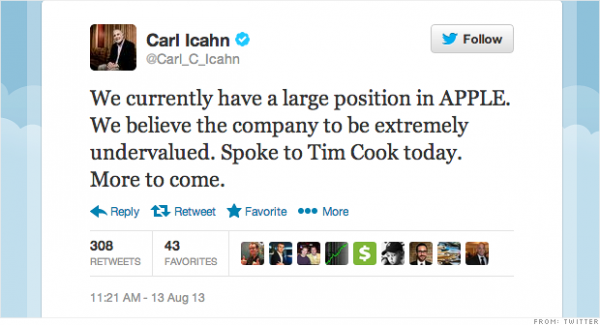
But it isn't just the arrival of newfound investors that has seen the company elevate itself to the point of operation we see today. New hires were also a large part of Apple's fiscal 2013. The most prominent of these being the confirmed hiring of Burberry CEO, Angela Ahrendts. Seen as a person who fully understands what it means to run a company that lives and breathes through fashion and what it takes to create a popular brand in the social space, it was confirmed in mid-October that Ahrendts would be joining Apple as the Senior Vice President of Retail next Spring. Responsible for tripling Burberry’s annual profits during her tenure at the company, few could argue that Ahrendts isn't the right person for the job. Ahrendts will be replacing the company's former Head of Retail, John Browett.
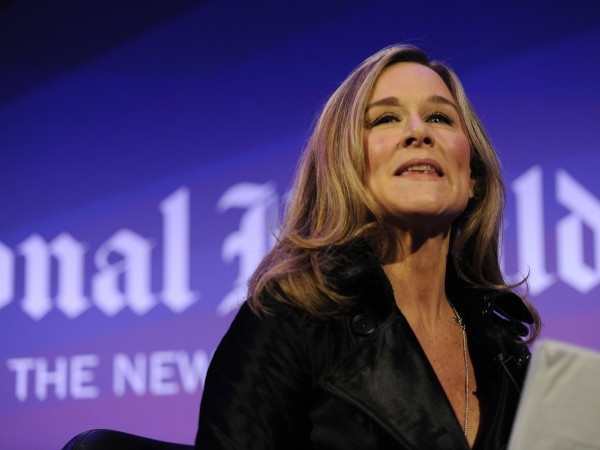
"We are in one of the most prolific periods of innovation and new products in Apple’s history, [and this is a] direct result of our relentless focus on tightly integrating world-class hardware, software and services,” Cook said at the time.

While this stark "shift" in the company's design philosophy may have arrived as a surprise to some, those who were following the firm's movements at the time would likely agree that this 'distilled' take on its software was all but inevitable - a return to form for the company that, unsurprisingly, saw a mix of reactions from long-time users.
First seen with the introduction of iOS 7 at its conference in June, Apple's design team came together under this newfound way of thinking to ultimately strip back iOS to its backbone. iOS 7 was widely seen as a fresh start. "And in some way, the beginning," as Jonathan Ive was quoted as saying at the software's first public outing.

The approach, headed by Jonathan Ive and Craig Federighi, centered around the idea of creating simplicity where the company felt it was needed, as Apple endeavored to create an OS than was useful and enjoyable using previous iterations of the software as building blocks to cement the experience. The mantra was simple: Add features only when they’re useful. Most notably, Apple went for a more "minimalist" approach to designing software. As described on its website, “distinct and functional layers help create depth and establish hierarchy and order,” and the use of translucency provides a sense of context and place.
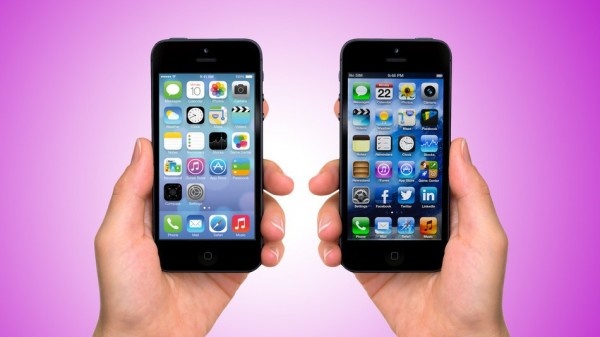
Despite mixed reactions from those using the software for the first time, the company did (and still does) appear confident in the direction it has chosen to take with iOS 7. It's no secret that the software's grid-based stock icons were heavily criticized. Yet Apple stuck to its belief that this was the new look of iOS 7 - and it was here to stay.
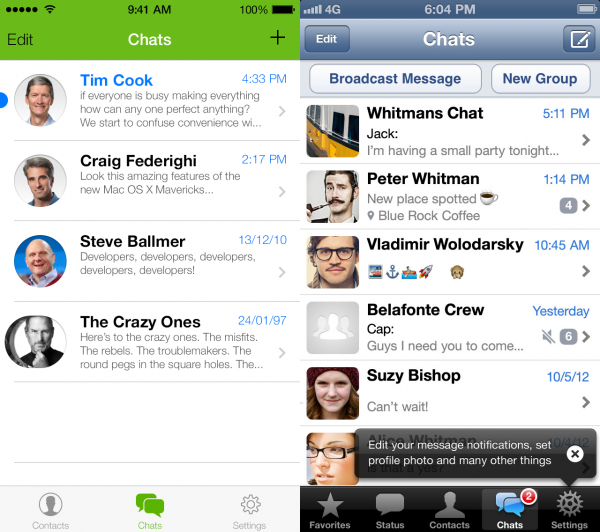
Meanwhile, the U.S iTunes App Store crossed a new milestone - 1 Million apps available for download. Considering this, the company announcing in May that the store had surpassed 50 Billion app downloads, and Apple paying out $25 Million per day to iOS developers at one point, it would be easy to assume this experience stops at software. However, software is only the first part of the experience.
While hardware announcements were non-existent during the first several months of the year, Apple's 2013 hardware roadmap did begin to show in later months. In June we saw the company preview a product that it had in development for the first time. The new Mac Pro promised to reinvent the "Pro" desktop.
In October, the company announced not one, but two new iPhone models. While prior speculation would have had most believing that Apple was set to launch the long-rumoured "low-cost" iPhone, what we actually got was two versions of the iPhone aimed at the high-end market but priced in relation to the features that they offered. Cook later said that the iPhone 5C was never meant to be “low-cost,” but rather a “mid-teir” offering.

On one hand, customers had the choice of the iPhone 5s with its fingerprint scanner and new 'Gold' colored plating. On the other hand, they had the iPhone 5C in a choice of bubblegum plastic colors. The introduction of color into the iPhone product line was also indicative of Apple's renewed attempts to sell its software in unison with its hardware.

This theme was strongly followed through with the introduction of both the iPad Air and iPad mini with Retina Display towards the end of the year. For the first time offering customers the exact same technical specifications (with the only noticeable difference between the two devices being screen size), Apple's next-generation tablets built the platform needed for developers to be able to take full advantage of all the new developer support iOS 7 offers, while at the same time providing users with a choice between screen real estate and portability.
As we prepare to move into 2014, it's hard to say what Apple's next move might entail. With the controversy surrounding iOS 7 dying down, it is clear that the company has a strong vision and direction for its software and hardware products.
Recent speculation would have us believe that wearable products are going to be a big part of Apple's future, but whether or not we'll see anything like that from the company next year is still unclear. In addition, the company is also focusing its efforts on beefing up its television offering, recently adding ABC Watch, Crackle, and Bloomberg into the mix.
If even half of that becomes true, 2014 is definitely going to be a year for the taking.